Introduction to Kal Dosa
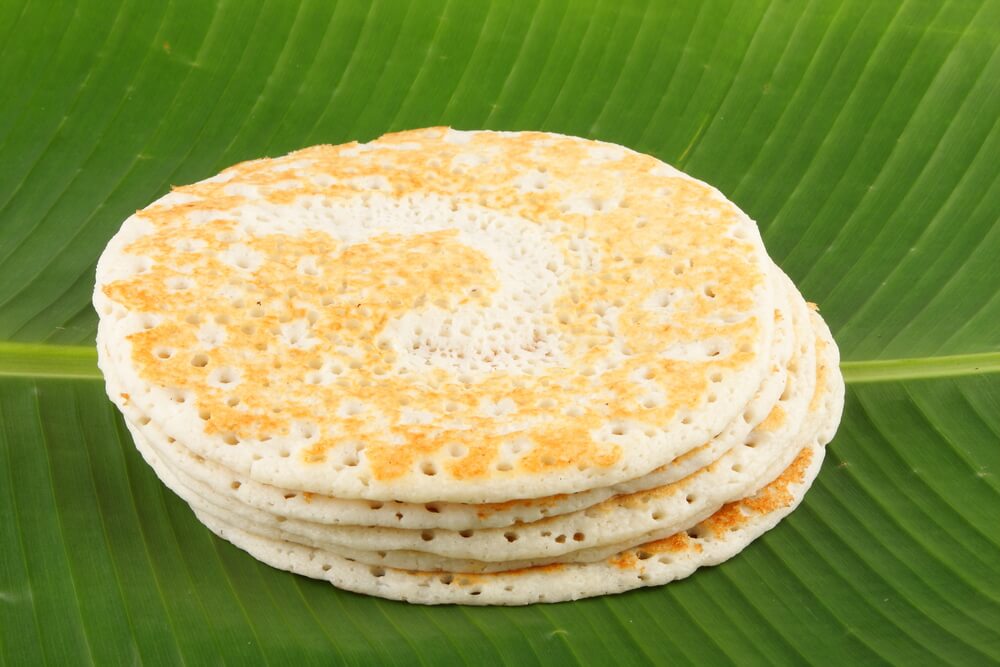
Kal Dosa Calories is a beloved South Indian delicacy that has gained popularity across India and beyond for its soft, spongy texture and delightful flavor. Unlike the thin and crispy plain dosa, kal dosa is thick, slightly porous, and often enjoyed with a generous side of chutney and sambar. buy soapstone cookware online India.
Made primarily with fermented rice and urad dal (black gram), kal dosa is cooked on a flat iron griddle (called “kal” in Tamil, meaning stone or iron), which gives it its characteristic name and texture. Its simple ingredient list and satisfying taste make it a breakfast staple in many homes, but as we peel back the nutritional layers, questions arise—is kal dosa as innocent as it seems?
Nutritional Composition of Kal Dosa
Macronutrient Breakdown
Kal dosa is primarily composed of carbohydrates due to its rice content, with a modest amount of protein from urad dal. A single medium-sized kal dosa (approximately 100g) contains:
- Calories: ~150-180 kcal
- Carbohydrates: ~30-35g
- Protein: ~3-4g
- Fat: ~1-2g (excluding added oil or ghee)
Comparison with Regular Dosa
Compared to the regular dosa, kal dosa contains fewer calories when cooked without excessive oil. The fermentation process in both varieties enhances digestibility and nutrient absorption.
| Type of Dosa | Calories (approx.) | Texture | Cooking Style |
|---|---|---|---|
| Kal Dosa | 150-180 kcal | Thick & soft | Low oil, flat griddle |
| Masala Dosa | 250-300 kcal | Crisp & stuffed | Often uses oil/ghee |
| Plain Dosa | 120-150 kcal | Thin & crisp | Minimal oil |
Health Benefits of Kal Dosa
1. Fermentation Enhances Digestibility
The fermentation process used in making kal dosa boosts the bioavailability of nutrients, improves digestion, and increases levels of B-vitamins.
2. Low Fat, High Satiety
When cooked with minimal oil, kal dosa is a low-fat option that fills you up quickly due to its thickness and fiber content.
3. Carbohydrates for Energy
Kal dosa provides sustained energy, making it an excellent breakfast option to kick-start the day.
Hidden Calories – What Nutritionists Warn About
While kal dosa can be a healthy choice, hidden calories can creep in through:
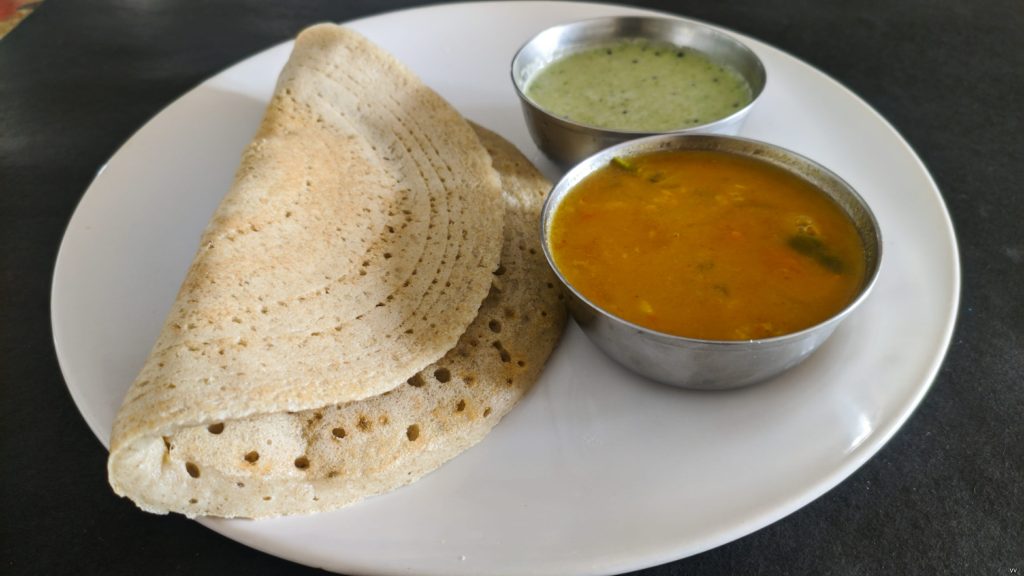
- Overuse of Oil/Ghee: Dosas cooked in ghee or served with butter increase the fat and calorie count significantly.
- Excessive Portions: Eating two or more dosas with heavy side dishes like coconut chutney or masala can easily cross 500-600 calories.
- Caloric Accompaniments: Chutneys made with fried dal or coconut, and oily curries, add more calories than one might expect.
Kal Dosa vs. Other South Indian Breakfast Options
When compared to idli, masala dosa, and pongal, kal dosa sits comfortably in the mid-range of healthiness:
| Dish | Caloric Density | Fat Content | Fiber & Satiety |
|---|---|---|---|
| Kal Dosa | Moderate | Low | High |
| Masala Dosa | High | High | Moderate |
| Idli | Low | Very Low | Moderate |
| Rava Dosa | High | High | Low |
Glycemic Index of Kal Dosa Calories
Due to its rice base, kal dosa has a moderate to high glycemic index, meaning it can spike blood sugar levels if consumed in large quantities. However, the fermentation process lowers the GI slightly and improves insulin sensitivity.
Kal Dosa for Weight Loss – Myth or Truth?
Kal dosa can be part of a weight-loss diet when eaten in moderation and with healthy sides like:
- Tomato chutney (low oil)
- Moong dal curry
- Sambar without added ghee
Avoid pairing it with high-fat toppings like butter or fried potatoes.
The Role of Fermentation in Health
The lactic acid bacteria produced during fermentation are great for gut health. These probiotics help:
- Improve digestion
- Enhance immunity
- Reduce bloating
Is Kal Dosa Suitable for a Diabetic Diet?
Nutritionists suggest that diabetics can eat kal dosa in moderation, especially when made with:
- Brown rice or millets
- Less oil
- Accompanied by fiber-rich vegetables or proteins
Gluten-Free and Vegan Friendly?
Yes, kal dosa is naturally:
- Gluten-Free: It contains no wheat or gluten products.
- Vegan: When made without dairy-based accompaniments.
Ideal Time to Consume Kal Dosa
Morning or mid-day is ideal for consuming kal dosa when your metabolism is at its peak. Avoid eating it too late at night, especially if paired with heavy curries.
Homemade vs. Restaurant Kal Dosa
At home, you can control ingredients and minimize oil. Restaurant versions often:
- Use excess ghee or oil
- Add butter on top
- Serve with high-calorie chutneys
How to Make Kal Dosa Healthier
- Use non-stick pans to minimize oil usage
- Add oats or millets to the batter
- Serve with protein-rich sambar
- Limit to 1-2 dosas per meal
Dietitian Opinions and Scientific Perspectives
Studies highlight fermented rice dishes as beneficial for gut microbiota. Nutritionists recommend pairing kal dosa with plant-based proteins and vegetables for balanced nutrition.
Real-Life Case Studies
- Fitness Coach Ramesh K. incorporates kal dosa in his pre-workout meals with chutney and boiled eggs.
- Busy mom Anjali V. prepares kal dosa with sprouted lentil curry for her kids to ensure protein and energy.
Common Myths About Kal Dosa Debunked
- “Kal dosa is always healthy” – Not true if cooked in ghee or paired with fatty sides.
- “You can eat as many as you want” – Caloric overload is possible.
FAQs About Kal Dosa and Its Health Impact
Q1: Can kal dosa cause weight gain?
A: Yes, if eaten in large quantities or with high-fat sides.
Q2: Is kal dosa good for kids?
A: Absolutely! It’s easy to digest and energy-rich.
Q3: Can I eat kal dosa on a keto diet?
A: No, it’s high in carbs.
Q4: Is it okay to eat kal dosa every day?
A: Yes, if portion-controlled and paired with healthy sides.
Q5: Does fermentation reduce calories?
A: No, but it improves nutrient absorption.
Q6: How much oil is okay to use while making kal dosa?
A: Use 1 tsp or less per dosa for a healthier version.
Conclusion: Should You Eat Kal Dosa Regularly?
Yes, you can enjoy kal dosa regularly as part of a balanced diet—if you’re mindful of preparation and portion sizes. It’s a wholesome, comforting meal that fits well into Indian dietary patterns. Just remember to skip the extra butter and ghee!
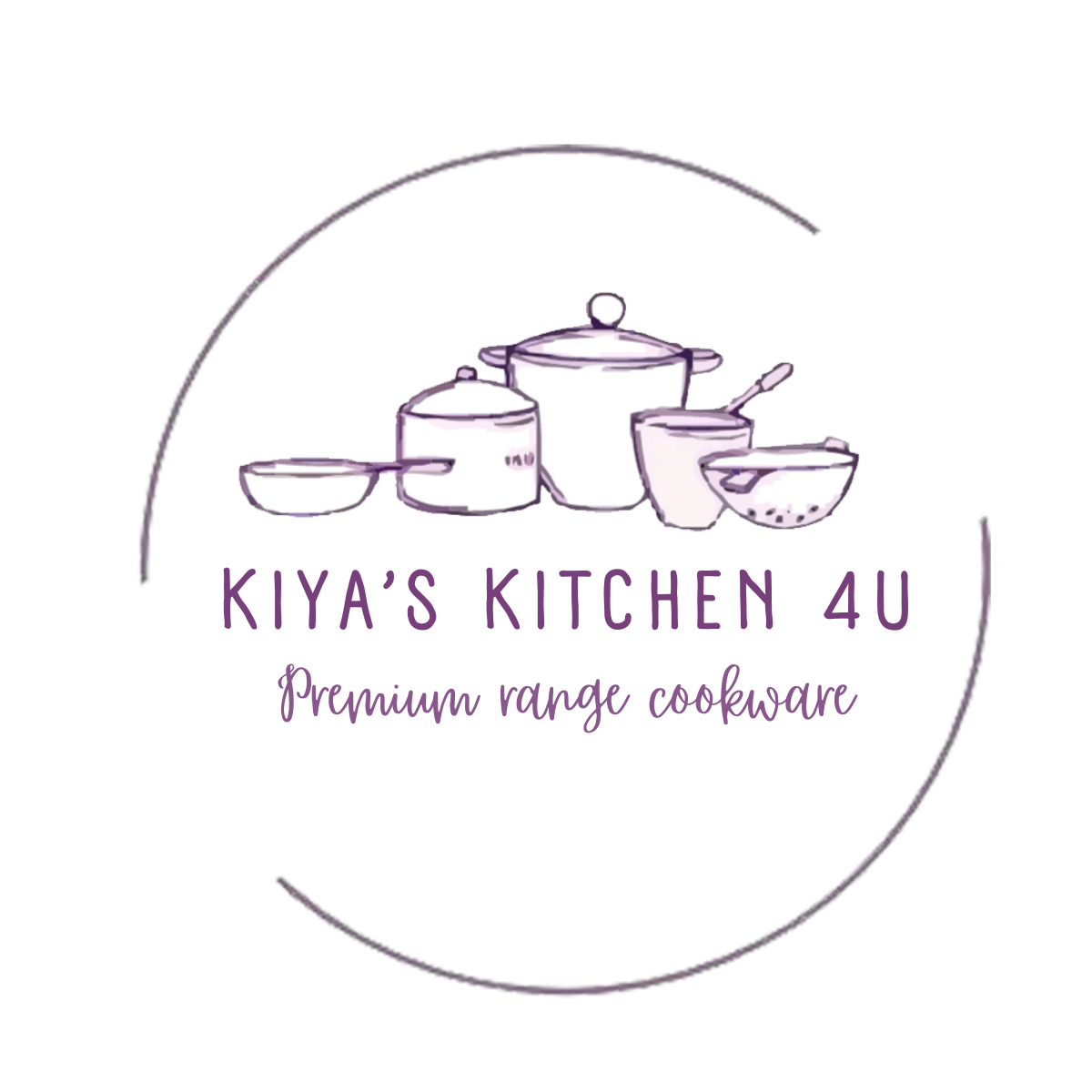

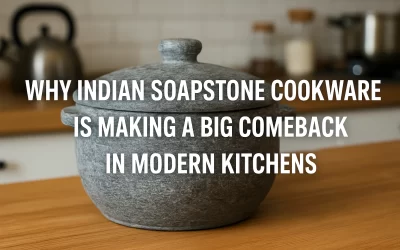
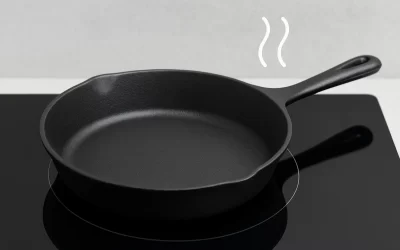
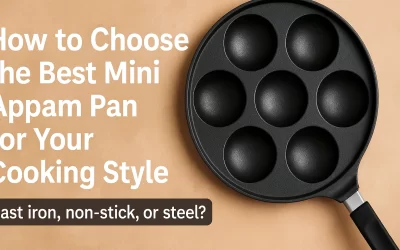
0 Comments